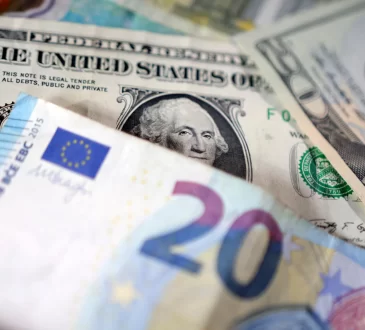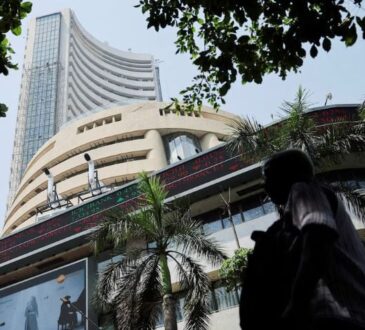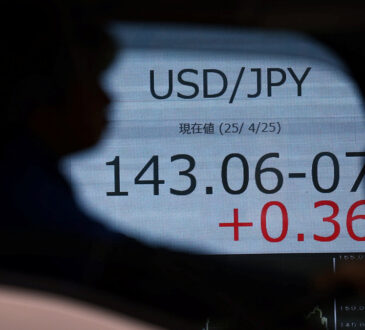
What’s going on here?
The British pound remained stable at $1.2718 ahead of the Bank of England’s rate-setting meeting, while the US dollar firmed slightly, edging up 0.05% to 105.26 against a basket of currencies.
What does this mean?
The Bank of England (BoE) is expected to keep interest rates steady, offering guidance on when an easing cycle might begin. Despite inflation hitting the 2% target in May for the first time in nearly three years, underlying pressures suggest no immediate rate cuts. Analysts at IG have highlighted upside surprises in services inflation, predicting a potential rate cut two meetings away. Meanwhile, the US dollar’s strength continues, nearing a one-month high of 105.80 against a basket of currencies. Across the pond, the Swiss National Bank (SNB) is expected to trim its policy rate by 25 basis points, as the Swiss franc hovers near a three-month high despite benign domestic inflation. The currency’s strength amidst Eurozone turmoil and political unrest in France further supports the case for looser monetary conditions in Switzerland.
Why should I care?
For markets: Central banks in the spotlight.
Investors are closely monitoring upcoming central bank decisions in the UK, Switzerland, and Norway. The Bank of England’s stance on rate cuts despite meeting inflation targets, and the Swiss National Bank’s expected rate cut amid a strong Swiss franc, could significantly impact market dynamics. Traders are seeking fresh catalysts following subdued currency moves post-US holiday, making these decisions critical for short-term market sentiment.
The bigger picture: Currency trends signal macroeconomic shifts.
Global currencies like the Australian and New Zealand dollars showed minimal rises amid broader economic data releases. Notably, New Zealand’s economy grew faster than expected in the first quarter, prompting speculation on potential rate cuts by year’s end. Meanwhile, the strength of the Swiss franc against a backdrop of Eurozone political instability underscores the interconnectedness of global monetary policies and economic health. Investors and policymakers alike must navigate these complex dynamics to maintain economic stability and growth.




